Comparison of LED and energy saving lamps: choose the best
The rise in electricity prices makes people save where they have not even thought about costs before. For example, the replacement of incandescent lamps has become widespread. There are much more economical light sources - fluorescent and LED. But how to decide which one to install - energy saving or LED lamps? To make a decision, you need to compare their characteristics. And it's better to do it objectively.
The content of the article
Which are more economical
The name "energy saving" has stuck with us in relation to compact fluorescent lamps (CFL). At the time of their widespread distribution, they were the most economical. Especially when you compare them with the usual incandescent lamps - housekeepers consume 3-4 times less energy. Later they began to "promote" LED light sources. They consume even less electricity, which means they are the most economical.
To see the difference, see the table. It shows the power consumption of LED, fluorescent lamps and the ones we are used to with a tungsten filament. They all have the same (or almost) luminous flux, but, as you can see, the power consumption is very different. A 3 W LED lamp is equal in luminous power to an energy-saving 7 W or 20 W incandescent lamp. A 5 W diode lamp will replace a 12-13 watt "housekeeper" or 40 watt incandescent. This is averaged data, since the indicators vary slightly for different manufacturers, but, in general, the proportions remain the same.
| Incandescent lamps | Luminescent and energy saving | LED | Light flow |
|---|---|---|---|
| 20 watts | 5-7 W | 2-3 W | 250 lm |
| 40 watts | 10-13 W | 4-5 watts | 400 lm |
| 60 watts | 15-16 watts | 6-10 W | 700 lm |
| 75 watts | 18-20 watts | 10-12 watts | 900 lm |
| 100 watts | 25-30 watts | 12-15 watts | 1200 lm |
| 150 watts | 40-50 W | 18-20 watts | 1800 lm |
| 200 watts | 60-80 watts | 25-30W | 2500 lm |
Even from this table alone, it is easy to say that energy-saving or LED lamps are the most economical. But these are not all the advantages of LED technology. Let's talk about them further (as well as the shortcomings, however).
Life time
If we talk about the service life, then the average for energy-saving ones is on average 10,000 hours. For LEDs this figure is higher: on average - 30,000 hours, but there are applications from manufacturers for 50-60 thousand hours of work.
It seems that the LED lamps are among the leaders here, but there is one nuance. Both technologies have a rather significant drawback: over time, their glow intensity gradually decreases. The so-called "burnout" occurs. In this regard, it is worth focusing not on the declared operating time, but on the warranty period. It more accurately reflects the actual position. After all, if something happens to the lamp at this time, the manufacturer will have to replace the device with a new one. The less often such cases occur, the better. That is why manufacturers tend to underestimate the warranty period, as they bear material responsibility.
And if we compare energy-saving and LED lamps for the warranty period, there is also a difference. For LEDs, the average is 3 years, for housekeepers - 1 year. There are more / less, but this is particular. So here, too, comparing energy-saving or LED lamps is better, the best is LED technology.
Dimensions and appearance
Everyone knows the type and size of energy-saving lamps. This is a tube with a phosphor twisted into a complex spiral. The most compact ones can fit into a medium-sized plafond, but in most cases they stick out from ordinary lamps, and with built-in ones they look generally "not so hot".
LED bulbs can be very small. A three-wad crystal can be made in the form of a circle with a diameter of 1.5-2 cm. And this is the equivalent of a 7 W energy saving device, which has a minimum size of 32 * 79 mm.Such miniature sizes of LEDs make it possible to make recessed luminaires of very small thickness - 2 cm or less. And this is with a heatsink to dissipate the heat generated by the LEDs during operation. Such small dimensions allow them to be built into furniture or to lower suspended and stretch ceilings to a very small height.
If we talk about a more familiar format - with a flask, then the shape and size of the flask can be completely different. This part is optional - the LED does not require a vacuum or a specific gas environment. So this is rather a tribute to tradition. There are bulbless lamps called "corn" for their distinctive appearance. Their service life is determined by the quality of the LEDs, and not by the integrity of the shell, which, in fact, does not exist. You can even assemble lighting in general from individual LEDs on a metal heat sink plate or even without it. In general, both the size and appearance of LED lamps can be different. And then, deciding what is better energy-saving or LED lamps, we certainly come to the conclusion that LED lamps are better - they can be almost invisible, can have any shape and size.
Convenience and safety of use
Everyone knows that in fluorescent lamps the tubes are filled with a phosphor that starts to glow under certain conditions. It takes some time to create these conditions. Sometimes it is almost invisible, and sometimes the delay after switching on can be a second or even a little more. This is not the most pleasant thing to put up with. LED lamps light up immediately after energizing. They are definitely better at this.
Today, they are increasingly trying to make lighting with the ability to change the light intensity. This is achieved either by a complex circuit with a large number of switches, or by installing a dimmer - a small device that allows you to smoothly change the glow level. But the fact is that not all lamps can work together with a dimmer. Energy saving ones can't. They need a certain level of voltage and its shape, and the dimmer just distorts the shape. But some LED lamps can work with this device. Just look for dimmable when choosing LED bulbs. This ability is indicated in the technical specifications. Minus - such light sources with equal characteristics are more expensive.
Another point in favor of LED lamps. Their bulb (if any) is made of impact-resistant plastic. Energy-saving luminescent - glass. Moreover, the damage to the tube is fatal - the light source stops working. In addition, some (cheap) housekeepers contain mercury vapor, so that a damaged glass tube with a phosphor can cause serious health damage. This also implies difficulties with disposal - special enterprises are needed for the processing of such lighting devices.
And the last point about ease of use - neither an incandescent lamp nor a luminescent lamp can be restored after failure. If damaged, they completely lose their functionality. LED lamps usually consist of a number of crystals located on the body. When one or more crystals fail, the luminous flux decreases, but light is still emitted, albeit in a smaller amount. In addition, if desired and ability to handle a soldering iron you can replace burnt-out elements, restoring the previous brightness.
So, when deciding energy-saving or LED lamps are better for ease of use, we see that LED lamps are more practical and safe.
Prices and still what is better ...
Everyone knows that LED bulbs are more expensive. This is perhaps the only point where fluorescent lamps are ahead. But today the price difference is not as great as it used to be. They are almost equal.If we take, for example, light sources from the same manufacturer with the same equivalent (or almost the same) in relation to incandescent lamps, then the prices are almost identical.
For example, lamps from Camelion (Chameleon).Energy saving lamp - LH15-FS-T2-M / 864 / E14 is the equivalent of a 75 W incandescent lamp, costs 160-225 rubles.LED lamp - Camelion LED8-C35 / 830 / E27 (also equivalent to 75 W incandescent) - 170-230 rubles. Both series are basic, without any special "bells and whistles", and if you take into account the energy savings (8 W versus 15 W) and the service life (10,000 hours and 30,000 hours) and all the other "goodies", then even the question "which is better energy saving or LED lamps ”does not occur. The solution is probably unambiguous - more economical, easy to use and durable LED. It is them that are best installed instead of incandescent lamps.
But a lot of information has recently appeared in the press and on the Internet regarding the fact that LEDs are harmful - they emit a harmful spectrum and flicker. As for the spectrum, there is no confirmed data, but the luminescent ones flicker, flicker. But they always flicker, and there are LEDs without pulsations, they just cost much more. In general, the decision is yours.

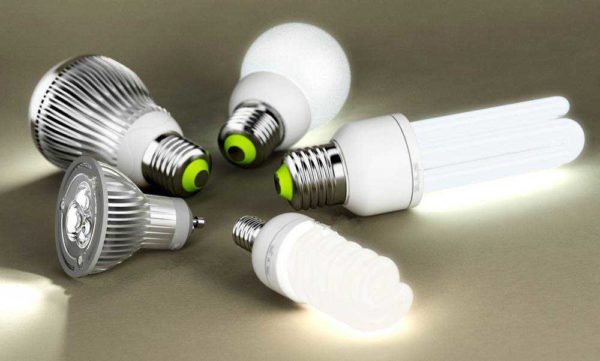
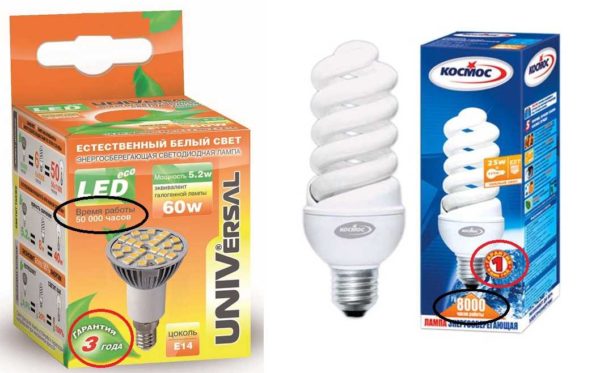
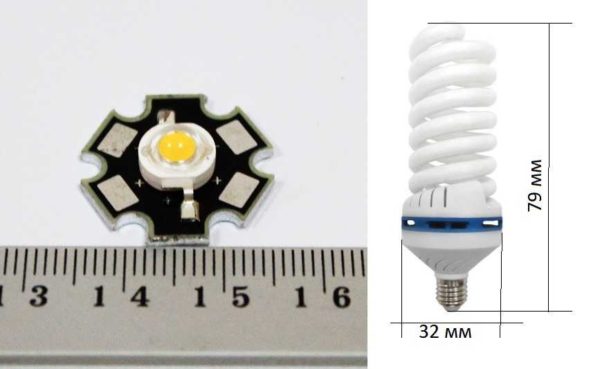
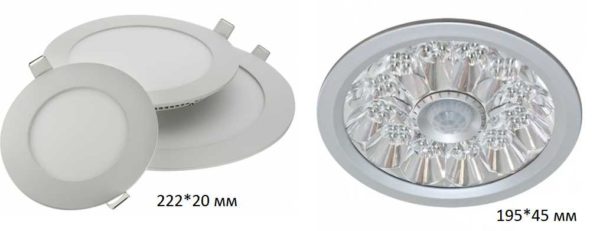
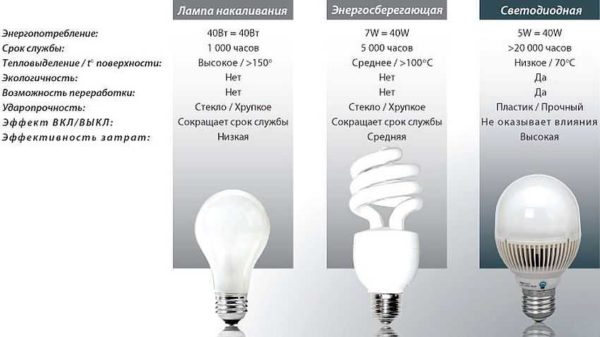
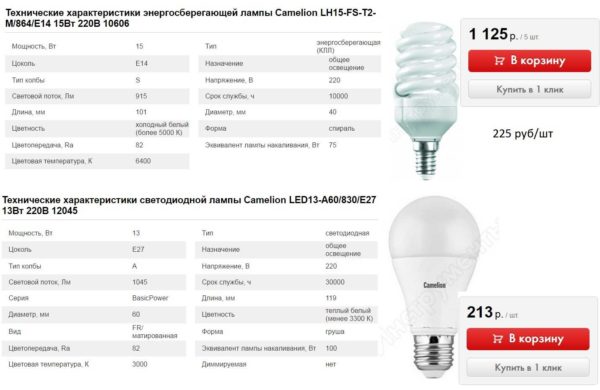
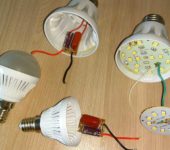
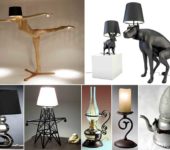
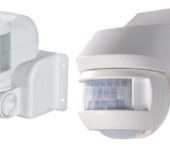
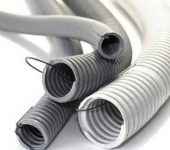
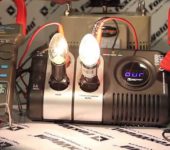





Everyone is singing hosanna to LED lights, but I DON'T LIKE them. And the fact is that we live in the real world with existing lighting fixtures, such as E27, for example. In addition, many lighting fixtures are built taking into account the fact that the lamp has a circular glow balloon. And the energy saving machines, at the very least, supported this feature: in the old lighting device under the incandescent lamp, the energy saving machine got up with a bang, and with the same luminous flux it provided the best temperature regime. LED, on the other hand, almost ALL provide a glow of no more than half the sphere. And using them in existing chandeliers guarantees uneven illumination throughout the room, which is not a cake.
It turns out that at an increased cost, these lamps are forced to a) purchase and b) install new lighting devices. And the greed of the designers makes it even more expensive.
So, energy saving came to us without twisting hands, unlike LED lamps.
I read your comment and remembered about LED bulbs that look like incandescent bulbs. They use not round, but "long" LEDs that simulate a filament. It seemed to me that the light temperature is close to that of incandescent lamps. The price, alas, is even higher than that of conventional LED lamps.